In reviewing the wildlife habitats of British towns and cities for my recent book Nature in Towns and Cities (Harper Collins 2014) I became acutely aware that many of the UK’s most spectacular urban wetlands resulted from industrial activities.
The most extensive of these are newly created lakes that formed as a result of sand and gravel extraction. Others originated as subsidence hollows after deep mining of coal and other minerals. The result is a patchwork of high quality wetlands closely linked with urban areas.
Flooded gravel pits provide over 15,000 hectares of new lakes that have become established in Britain since the 1940s, and up to 500 hectares of new ones are still added every year. These new lakes are particularly popular for sailing and fishing and many have become country parks. A large number are now managed as nature reserves and some of these have become remarkably rich wetland habitats. Because of the history of gravel extraction, with most of the early pits being close to large towns and cities, many now lie well within large urban conurbations. While most of the nature reserves are managed by wildlife organisations some are owned and managed by municipal authorities which now find themselves responsible for some remarkably valuable areas for biodiversity.
The detailed story differs in the case of subsidence following mining activities as this has resulted in clusters of high quality wetlands in areas that were previously some of the most heavily industrialised parts of the country. These wetlands now lie within extensive tracts of post-industrial dereliction. Closure of virtually all the coalmines has led to major social and economic problems with development of alternative businesses and livelihoods. The urgent need to revitalise these areas has resulted in the restoration of degraded landscapes on a massive scale, providing opportunities to create new ecological landscapes linking the longer established wetlands that resulted from subsidence. So in the Dearne Valley of Yorkshire there are plans for a landscape-scale approach where a new Nature Improvement Area aims to link these existing habitats to create a 1300 hectare core area with a buffer zone of nearly 3000 hectares of reclaimed industrial land that will be enhanced for wildlife conservation. This is an example of the “bigger, better and joined-up” approach to nature conservation advocated in the UK Government report Making Space for Nature (2010).
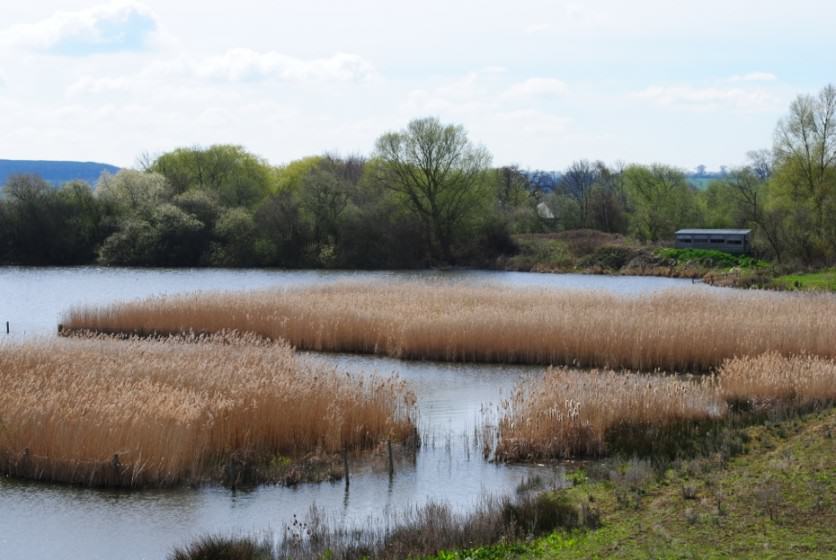
Although gravel pits and subsidence lakes have different origins their ecology has followed a similar pattern and many of those protected as nature reserves have a strong emphasis on birds. Winter duck populations are particularly significant, with a large number of sites supporting sufficient numbers to merit national protection by law as Sites of Special Scientific Interest.
It has also been estimated that the total number of water birds breeding on gravel pits is 33,000, which is nearly a fifth of the UK total. Because they are situated in urban areas many gravel pits are also designated as Local Nature Reserves to provide access to nature for local people.
Some wetland birds owe their survival to gravel pits. One of these was the great crested grebe (Podiceps cristatus), which had been shot almost to extinction in Britain to provide ornate feathers as fashion accessories for the 19th century millinery trade. It was the imminent demise of this bird that led to bird protection legislation being passed in the late 1800s. Although the birds gradually recovered over the next fifty years, it was proliferation of gravel pits in post-war years that guaranteed their survival. Another was the little ringed plover (Charadrius dubius) which found the pebble beds of newly worked gravel pits an ideal habitat as it colonised Britain from continental Europe in the 1940s. The process continues today with species that are moving north in response to climate change, such as little egret (Egretta garzetta) taking advantage of gravel pits and other artificial wetlands in their extraordinarily rapid colonisation of southern Britain. Heat islands of major conurbations may be assisting this process.
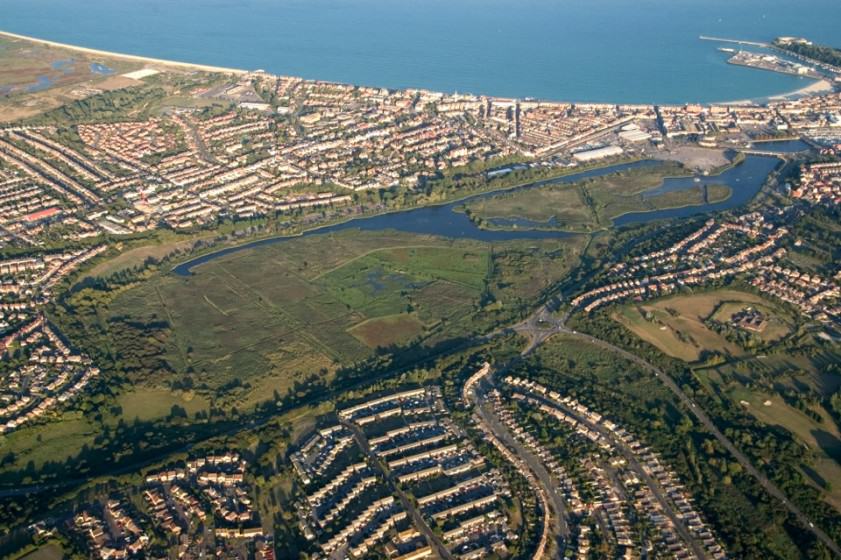
Examples of these unintended habitats include the Wigan Flashes, 250 hectares of lakes on the edge of the former coalmining town of Wigan in Lancashire, which has become one of the most notable wetlands in northwest England. As well as large concentrations of ducks the area now attracts wintering bitterns (Botaurus stellaris) from continental Europe. This wetland is accessible to large numbers of people; one estimate suggests that six million people live within twenty minutes drive! Another is Attenborough Lakes on the edge of Nottingham, a series of flooded gravel pits covering 150 hectares, now forming an open-access nature reserve with extensive reed beds, willow thickets, ponds and lakes, and large colonies of herons (Ardea cinerea) and cormorants (Phalacrocorax carbo). The reserve also boasts an award-winning nature centre which attracts 250,000 visitors a year.
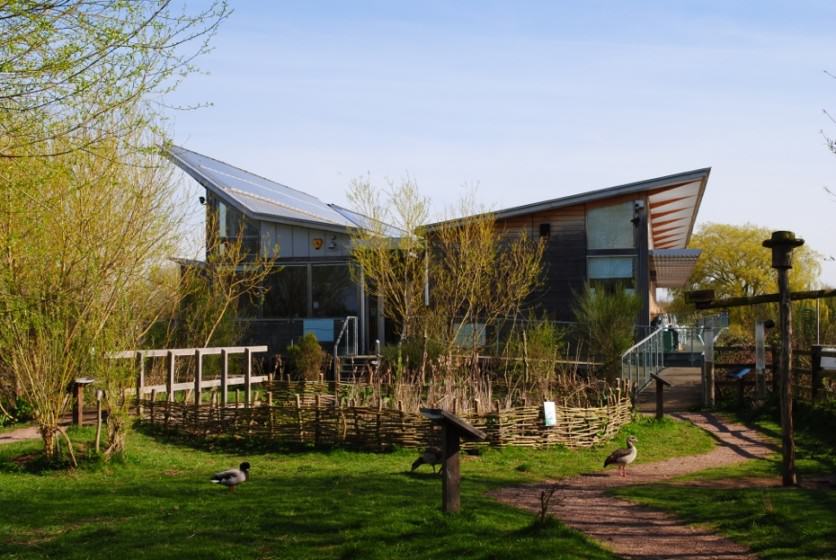
One of the most extraordinary of these new wetlands is Radipole Lake which lies in the centre of the small south-coast town of Weymouth. Run as a nature reserve by the Royal Society for the Protection of Birds it supports a remarkable number of rare reed-bed species, including marsh harrier (Circus aeruginosus) and bearded reedling (Panurus biarmicus), both of which may be seen within a five minutes walk from the railway station. These are certainly not your usual urban birds, but Radipole demonstrates beautifully that high quality wetlands can exist right in the middle of town or city.
But they are not the norm.
The majority of towns and cities in the UK do not have high quality wetlands in their midst. Indeed there are plenty of places where wetlands have been filled to provide new land for urban development. The examples I describe are the exceptions that demonstrate what is possible. The point I am making is that wild areas in the city can be remarkably rich in wildlife and post-industrial landscapes offer enormous possibilities for nature conservation if we were to grasp the opportunities that exist. There is an urgent need for ecologists and city planners to recognise the potential value of such areas. Wetlands happen to produce dramatic results relatively quickly, but there are many other post- industrial landscapes that have enormous potential.
I am sure that you will know similar examples from your part of the world. One that I particularly like, though a very different habitat, is the disused Rocky Mountain Arsenal, now a National Wildlife Refuge, at Denver Colorado. This big chunk of country, covering 47 square miles, provided a buffer zone for the arsenal when it produced chemical weapons, nerve gas and pesticides. After operations ceased in 1982 the prairie recovered and it now provides an amazing example of a fully working ecosystem including burrowing owls (Athene cunicularia), ferruginous hawks (Buteo regalis) and 40,000 prairie dogs (Cynomys ludovicianus). There are even bald eagles, bison and coyotes. Visitors on safari trips liken it to some of the National Parks in Africa. Yet this place is situated right on the city’s doorstep only ten minutes drive from downtown Denver.
Returning to the wetland theme, another urban wildlife refuge that I really like is Oaks Bottom, a wetland that lies very close to the central business district of Portland, Oregon. That city demonstrates very clearly how much can be done to protect wildlife sites if you have determination. Many unintended habitats, as well as some that have more natural origins, are now protected as a result of vigilance and persuasion. I am reminded that one of the world leaders in nature conservation, Ray Dasmann, castigated wildlife managers in the United States in 1966 for being too closely linked with hunting and game preserves. It was he who first urged naturalists to concentrate on the cities instead of the forests, arguing that “they should work… to make towns and cities into places where each person’s everyday experience could be enriched by contact with nature”.
Most of us writing for The Nature of Cities will applaud that view. It is still as valid today. Indeed there are some lessons here that are directly relevant to our current roundtable discussion on “bird-friendly cities”.
David Goode
London


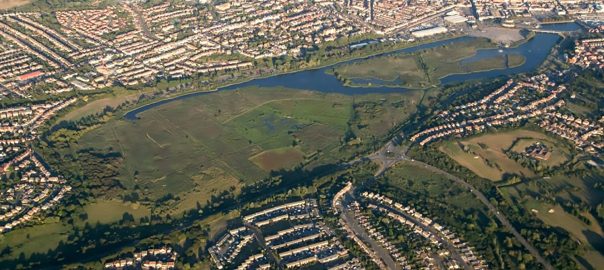
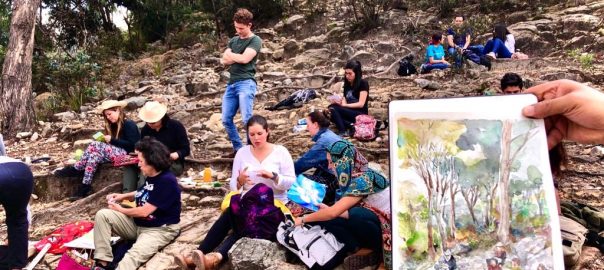

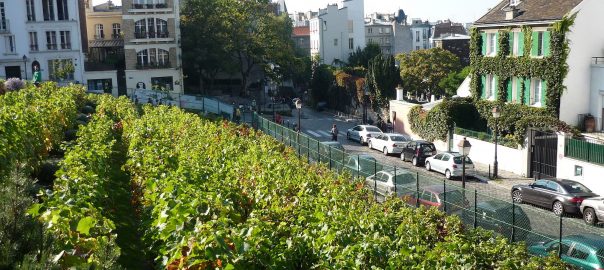
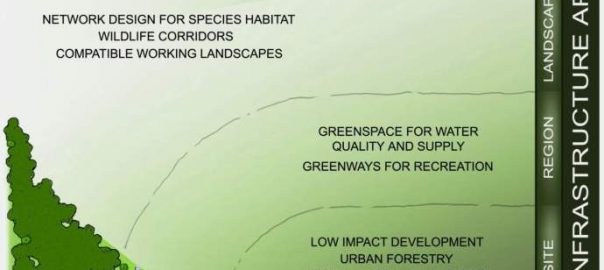
Leave a Reply